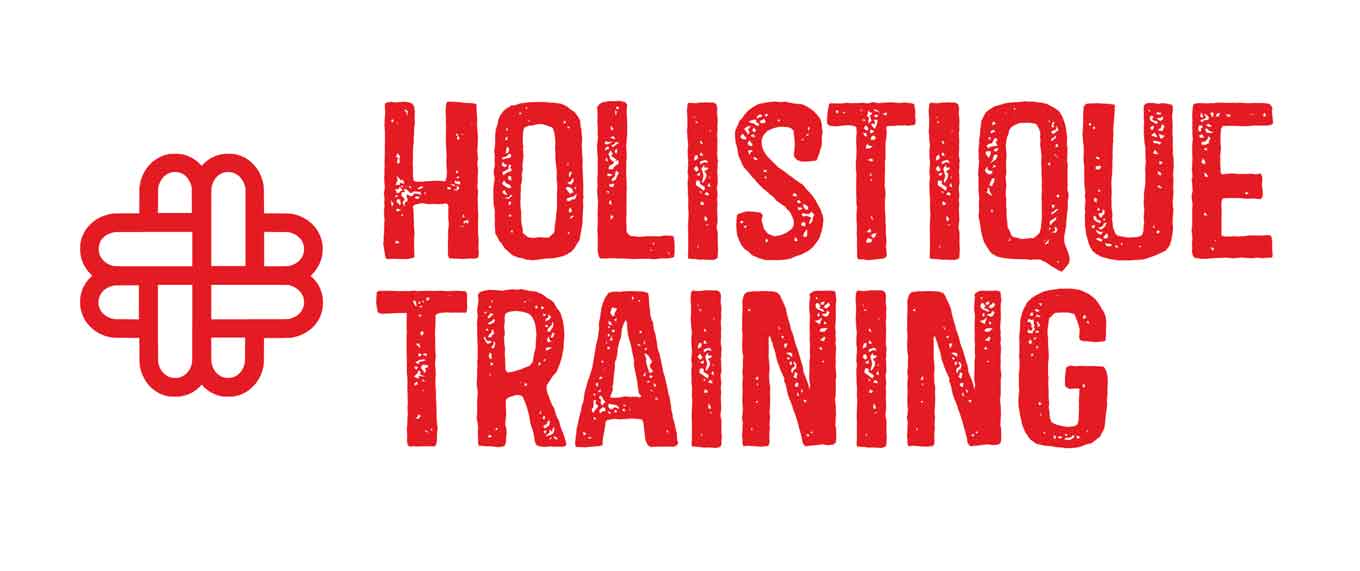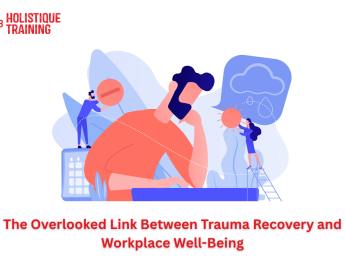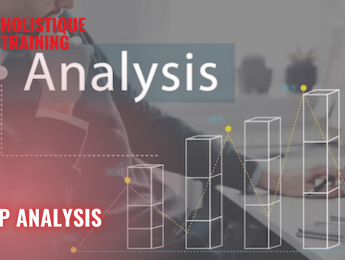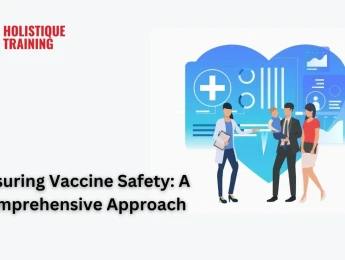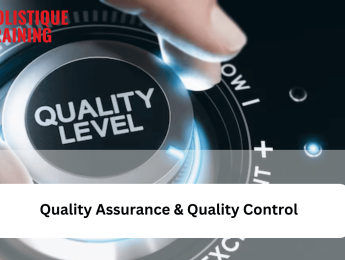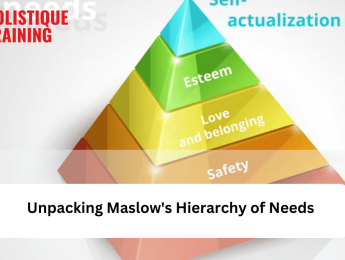Introduction
Recovery after personal trauma doesn’t pause when someone walks into the office. The effects often extend into professional life, shaping focus, confidence, and relationships at work. A colleague who seems distracted, a manager who struggles to regulate stress, or an employee who withdraws from collaboration may not be experiencing burnout alone. They may be carrying the weight of unaddressed trauma.
Workplace well-being programs often emphasize stress reduction and productivity, but they can miss this deeper reality. Healing from trauma is not separate from professional success. It is a key ingredient in building resilience, stability, and presence in the workplace.
How Trauma Shows Up at Work
Trauma does not stay neatly contained in someone’s personal life. Its effects ripple into concentration, communication, and energy levels on the job. Survivors may find themselves more easily triggered, hypervigilant in meetings, or exhausted by interactions that require a significant level of trust. Projects that once felt manageable can become overwhelming, and relationships with colleagues may grow strained.
These changes are not signs of weakness. They are normal responses to extraordinary circumstances. Recognizing them for what they are helps both individuals and organizations understand that recovery involves more than personal healing. It also requires creating work environments that acknowledge and support the reality of trauma’s impact.
Whole-Person Recovery and Professional Resilience
A sustainable approach to well-being addresses more than productivity hacks or stress management techniques. Whole-person recovery integrates practices that nurture the body, mind, and spirit, supporting both healing and professional resilience.
Mindfulness, breathwork, and somatic awareness can help survivors steady their nervous systems, manage workplace triggers, and regain clarity during the workday. Movement practices and grounding techniques restore a sense of control, allowing survivors to re-engage with colleagues and tasks with greater confidence.
At the same time, recovery often requires outside support. Encouragement usually comes from friends, family, trusted healthcare professionals, and community networks that surround survivors with care. In some cases, survivors also find reassurance in seeking guidance from an experienced therapist sexual abuse lawyer. Having a knowledgeable advocate to protect their rights adds another layer of security, helping them feel stable not only in their personal lives but also in their professional world.
Trauma-Informed Practices That Benefit the Workplace
Trauma recovery is not solely an individual responsibility. Workplaces that adopt trauma-informed principles foster healthier, more resilient teams. The process begins with creating psychological safety, where employees feel respected, supported, and free from judgment when challenges arise.
Training managers to recognize the signs of trauma-related stress, offering flexibility in schedules, and building wellness programs rooted in compassion all help employees thrive. These practices not only strengthen survivors but also boost morale and retention across the organization. A workplace culture that supports recovery fosters loyalty, creativity, and collaboration, ultimately strengthening organizational performance.
Evidence-Based Insights for Workplace Health
Science underscores what many survivors already know: trauma is both emotional and physical. It can affect brain function, stress hormone levels, and immune response. Understanding these realities helps employers and employees alike create practical expectations for recovery and performance.
The National Center for PTSD highlights common reactions after trauma, offering insight into why survivors may feel or react in certain ways. Bringing this awareness into workplace wellness programs helps reduce stigma and normalize the conversation. Employees learn that what they are experiencing is real, valid, and manageable when they receive the right mix of support.
Building Supportive Professional Networks
Recovery is rarely a solitary process. For many survivors, professional networks are as vital as personal ones. Mentors, HR staff, and colleagues who understand the impact of trauma can become allies in restoring confidence at work.
Stress in professional settings often intensifies when employees feel isolated or unsupported. Recognizing the role of stress in the workplace helps organizations understand why strong support systems are essential, both for improved performance and enhanced employee well-being. When workplaces respond to these pressures with compassion and resources, they create conditions where recovery can take hold.
When survivors are supported by both their personal communities and professional environments, they gain the stability needed to rebuild trust in others and confidence in themselves.
Rethinking Workplace Well-Being
Trauma recovery is not only about personal health. It is also about professional presence. Survivors who engage in whole-person healing bring more clarity, focus, and resilience into their work. Organizations that recognize this link create stronger, healthier teams and contribute to cultures where well-being is genuinely prioritized.
Workplace well-being can no longer be limited to stress workshops or productivity coaching. True resilience develops when recovery is acknowledged as an integral part of the professional journey. Supporting employees in this way strengthens individuals, workplaces, and communities alike.
